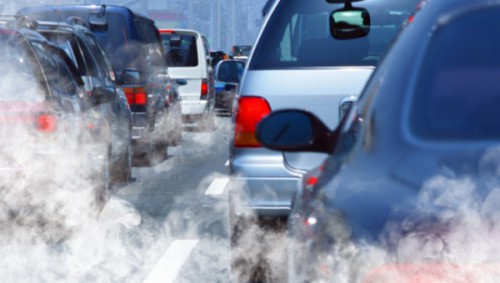
By Leanna Sweha
The senate holds an oversight hearing on Cap-and-Trade this week. On the agenda are proposals that would give the program a major overhaul. This includes getting rid of offsets and free allowances, setting rising allowance price floors, and making importers subject to the program.
Yet, with all the zeal to create a Cap-and-Trade 2.0 to get greater emissions reductions and generate stable revenue, something important may have been overlooked.
Maybe Cap-and-Trade hasn’t had a chance to work yet. There are several reasons why this may be.
First, there’s the lawsuits. Cap-and-Trade has survived several legal challenges, each of which put the program in doubt and likely impacted auctions and allowance prices. An appeals court recently upheld a trial court decision in the Chamber of Commerce lawsuit, finding that Cap-and-Trade is not an illegal tax. This lawsuit and other tax challenges will be moot if the legislature reauthorizes Cap-and-Trade by a two-thirds vote.
Second, there’s the free allowances. The state gives a percentage of allowances away free to industry. This helps lower compliance costs, which is important for emissions-intensive, trade-exposed industries at risk of leakage. However, the current rules will shrink the percentage of free allowances over the next few years. This undoubtedly will lead to higher allowance prices, possibly to the point where making emissions reductions may be cheaper than buying allowances for a greater number of sources under the cap.
Third, there’s the complimentary programs that regulate emissions sources under the cap. The Renewable Portfolio Standard, which requires utilities to sell electricity from renewable energy sources, has been credited with keeping allowance prices down. The Low Carbon Fuel Standard, which impacts transportation fuel providers, also has been found to lower allowance prices. But here, too, the rules are getting a lot stricter, so we may see higher credit prices that in turn will impact allowance prices.
Fourth, and perhaps most importantly, there’s the economy. The Legislative Analyst’s Office reports that greenhouse gas emissions were below the cap from 2013 through 2015, and the recession had a big part in keeping them there.
Ross Brown, a principal analyst at the Legislative Analyst’s Office, was asked at a recent climate change conference if Cap-and-Trade has led to emissions reductions. In his response, he said, “It largely hasn’t been put in a position to have to reduce a lot of emissions, at least in the early years.”
Brown continued, “That’s an important thing to keep in mind as the legislature and the state moves forward to achieve the 2030 goals.” He advised that, with the aggressive 2030 goals, Cap-and-Trade likely would be asked to do a lot more. In light of this, his office has suggested an allowance price ceiling to mitigate risk.






